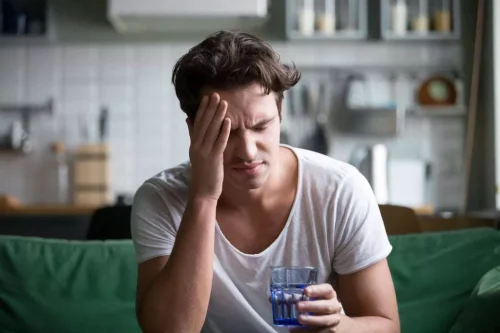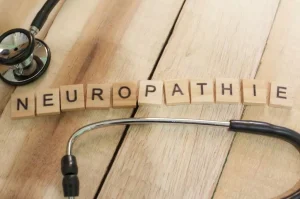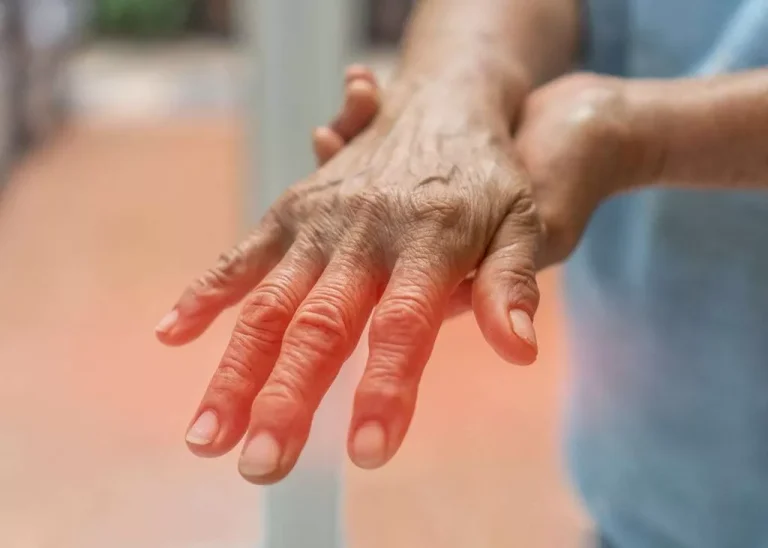
“Part of the problem with prevention and deciding whether you should use a drug or not is that it’s hard to imagine, with one’s current brain, having a brain that isn’t making those evaluations rationally,” he said. But as Galloway explains, a person with an addition isn’t making decisions the same way as a person without marijuana addiction an addiction would. “A part of the process for some people is to rationalize continued use despite having adverse consequences,” said Galloway. “A problem being defined by having disruptions in your psychosocial functioning. For some people, however, marijuana use gets out of control and starts to create problems. In an attempt to return to baseline, it will compensate for the difference, raising a function that the drug lowered, like heart rate, or reducing a function that the drug boosted, like mood.
- This shows that MET is an effective treatment option for marijuana addiction.
- Experts are finding a link between the age you begin using cannabis and the likelihood that you’ll develop a dependence on it.
- The severity of these effects is significant, often leading to distress and difficulty in daily functioning.
What is Marijuana Addiction?
According to Onwuzo CN et al.’s 2024 study “A Review of Smoking Cessation Interventions,” published in the Cureus Journal, MET can significantly improve treatment outcomes, with a 30% increase in successful quit rates among participants. This shows that MET is an effective treatment option for marijuana addiction. Psychiatric Assessment is an evaluation that assesses co-occurring mental health disorders that complicate cannabis use. The focus area is the symptoms of anxiety, depression, or other psychiatric conditions that are worsened by cannabis use. This assessment is important in determining the appropriate treatment plan and addressing any underlying issues that are contributing to marijuana addiction. Treatment options, such as therapy and support groups, can help individuals manage cravings, improve their mood and cognitive function, and rebuild social connections.
Marijuana Addiction Criteria
Some researchers believe that because today’s marijuana is much more potent, it makes it more likely that some people will develop physiological dependence. Pursuant to the Cannabis Law, the Cannabis Control Board is charged with the creation and implementation of a social and economic equity plan in consultation with the Chief Equity Officer and Executive Director, and after receiving public input. Registered patients can buy medical cannabis products from dispensing facilities operated by registered organizations across New York State.
- The greenish-gray shredded leaves and flowers of the Cannabis sativa plant are smoked (along with stems and seeds) in cigarettes, cigars, pipes, water pipes, or “blunts” (marijuana rolled in the tobacco-leaf wrapper from a cigar).
- Marijuana addiction affects relationships by creating emotional distance, communication breakdowns, and trust issues between individuals and their loved ones.
- Addiction Resource does not offer medical diagnosis, treatment, or advice.
Find a Marijuana Addiction Rehab Near You
People who have cannabis use disorder may also be at a higher risk of other negative consequences, such as problems with attention, memory, and learning. About 30% of people who use marijuana may have some level of marijuana use disorder. Those who started using it before age 18 are 4 to 7 times more likely to than people who started later. Although not =https://ecosoberhouse.com/ nearly as extreme as heroin or alcohol withdrawal, quitting marijuana does appear to cause withdrawal symptoms in heavy, frequent users. When given a chemical, methylphenidate, that caused dopamine levels to rise in the brain, the marijuana users didn’t respond as strongly or feel as high as nonusers.


“If I try to cut down or stop my intake and have negative consequences — cravings, irritability, upset stomach, chills, etc. — that could be a sign that my use has become dependence. The brain may become resistant to the effects of the drug in an effort to protect itself, so that next time the person uses the drug, it doesn’t have as strong an effect. In order to feel Substance abuse the same high, the person has to take larger and larger doses. Dependence on marijuana happens when users build up a tolerance for the substance and need more and more of it to experience the same effect.

There are various reasons that a person might become dependent on marijuana. Of course, this doesn’t mean that you will develop an addiction to marijuana if you experience one or more of these risk factors. Our writers and reviewers are experienced professionals in medicine, addiction treatment, and healthcare. AddictionResource fact-checks all the information before publishing and uses only credible and trusted sources when citing any medical data. The Verified badge on our articles is a trusted sign of the most comprehensive scientifically-based medical content.If you have any concern that our content is inaccurate or it should be updated, please let our team know at email protected. Each of these symptoms reflects behavioral and physical signs that indicate cannabis use is impacting daily functioning, potentially leading to addiction.
Marijuana is primarily psychologically addictive, causing cravings, dependence, and compulsive use. Physical dependence may occur with mild withdrawal symptoms like irritability or sleep issues, but psychological dependence is more common. Treating marijuana addiction, or Cannabis Use Disorder (CUD), involves a combination of behavioral therapies, support groups, and, in some cases, medications to manage withdrawal symptoms. The main difference between marijuana addiction and alcohol addiction lies in their mechanisms of action and the severity of withdrawal symptoms. Alcohol addiction primarily affects the GABA and glutamate neurotransmitter systems, leading to significant alterations in mood, motivation, and self-control.